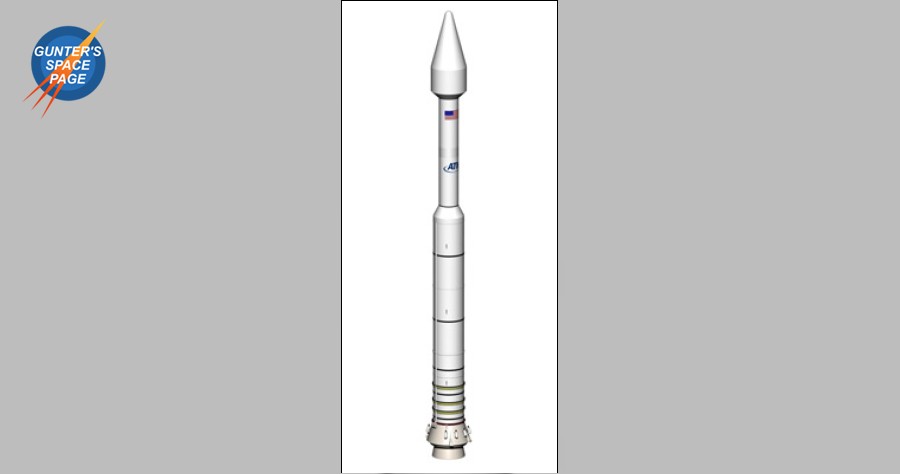This was from another thread I started might interest people here:
From what appears to be a book abstract by Maurice F. Crommie. His website has this in his resume
Dec 1962 - Sept 1971
Consulting Engineer, Senior Scientist and Project Leader in strategic nuclear weapon design at General Electric, McDonald Douglas, Stanford Research Institute, Conductron Corporation and Avco Research and Advanced Design.
Jan 1960 - Dec 1962
Senior Engineer and Heat Transfer Specialist in rocket nozzle design and space capsule re-entry at TRW and Avco Research and Advanced Design.
March 1955 - Dec 1959
Aerothermodynamicist / jet engine designer
Link to his bibliography -
http://home.olemiss.edu/~mcrommie/
“The subject of our paper was multiple warhead delivery systems. The title of our paper was “CLAW”, which stood for “Clustered Atomic Warheads”. We delivered this paper at a top secret restricted session of AMRAC at the secure Naval Station in San Diego in 1962. It was the first paper of its type advocating multiple warhead payloads. MIRV hadn’t been invented yet. The capability for Multiple Independently Targeted Re-entry Vehicles didn’t exist in 1962. Our system could deliver multiple warheads, but only on a single target in a circular or elliptical pattern. This was an advance in the state of the art at that time.
[snip]
“Following the success of our AMRAC paper, I was promoted to Project Engineer for the design of a heavy payload system, 39,000 pounds on top of a Titan III missile. The mission was to negate the Leningrad SAM defense system to allow our B 52′s access to the target. My liaison officer was a U.S.A.F. major, who was a B 52 pilot. His idea was that when we softened up the target with our nuclear barrage, he would fly in and finish it off.
“Me and my team designed a three tiered payload with 13 one megaton Mark 11 RV’s in each tier (39 total) which would be spun out in space and impact the Leningrad defenses in three concentric elliptical rings. Our liaison officer was ecstatic, his bomb run would be unopposed. What he didn’t seem to realize was that there would be nothing left to bomb after we laid down a barrage equal to 2000 times the weapon that destroyed Hiroshima.”
http://home.olemiss.edu/~mcrommie/aerospace.html
---------------------------------------------------------------
Now that's my kind of ICBM



